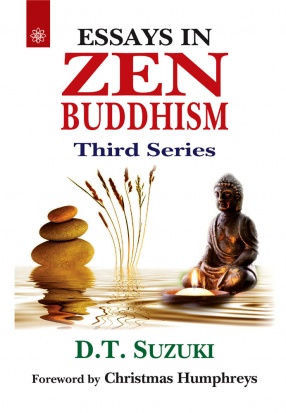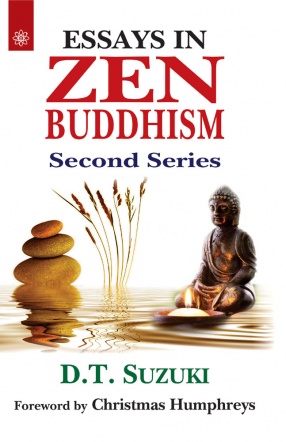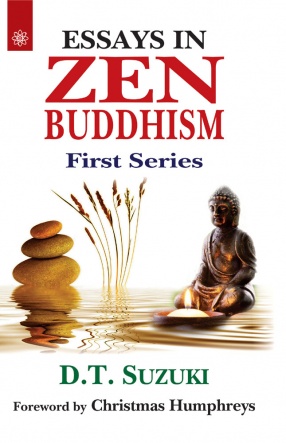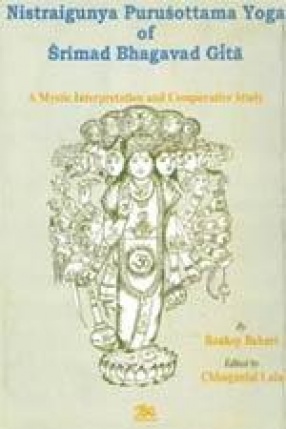In this Third Series of Zen Essay I have tried to trace the relationship which exists between Zen and the two chief Mahayana sutras, the Gandavyuha and the Prajnaparamita, and then the transformation through which Indian Buddhism had to go while adapting itself to Chinese psychology. The Chinese are a practical people quite different from the Indian Buddhism had to go while adapting itself to Chinese psychology. The Chinese are a practical people quite different from the Indian, who are highly endowed with the power of abstraction as well as an inexhaustible mine of imagination. It was natural that the Mahayana teachings had to be so transformed as to make them appreciated by the Chinese.’
In this book D.T. Suzuki shows that the changes to the Mahayana teaching were immense and the story of this evolution is lucidly told. The chapter on the Bodhisattva Ideal is the answer to all who regard Buddhism as ‘cold’, whilst that on Zen and Japanese culture tells more of the actual practice of Zen Buddhism than any number of theoretical text books.
The book also contains a superb collection of pictures reproduced from Japanese and Chinese paintings-these are accompanied by the author’s illuminating comments and observations.








There are no reviews yet.